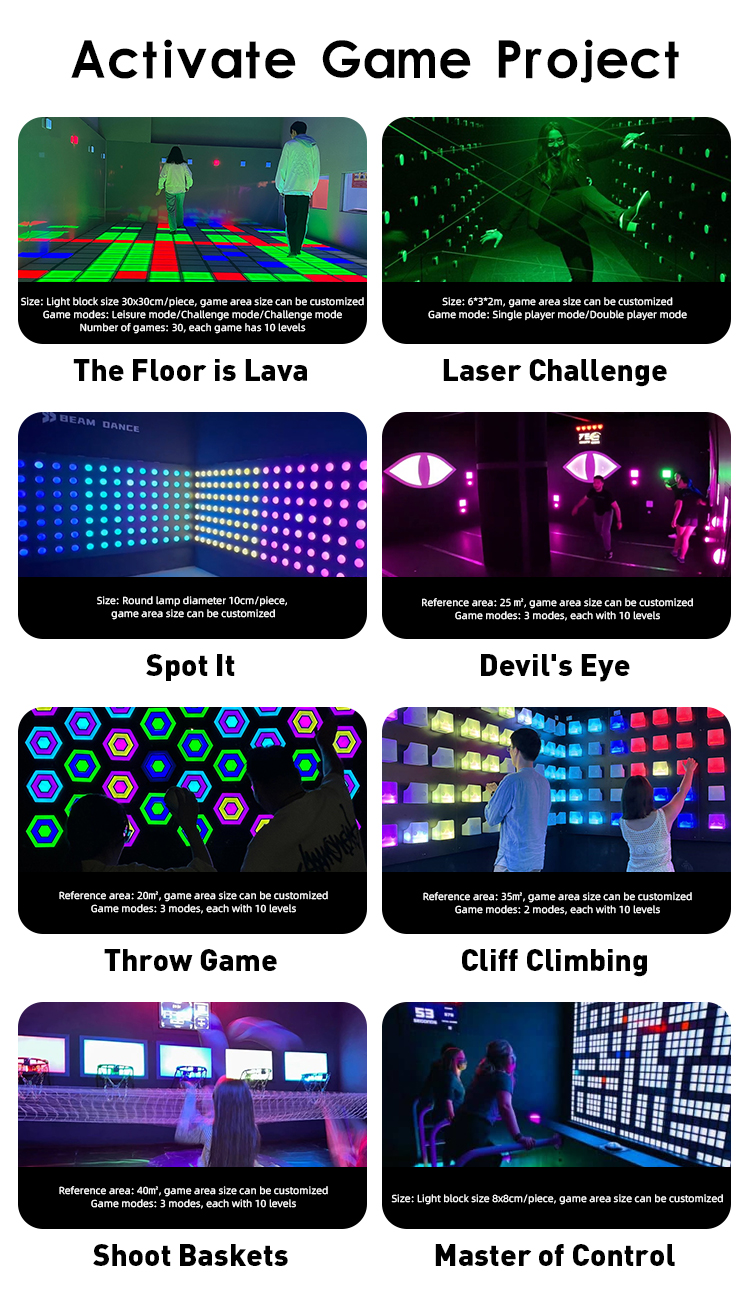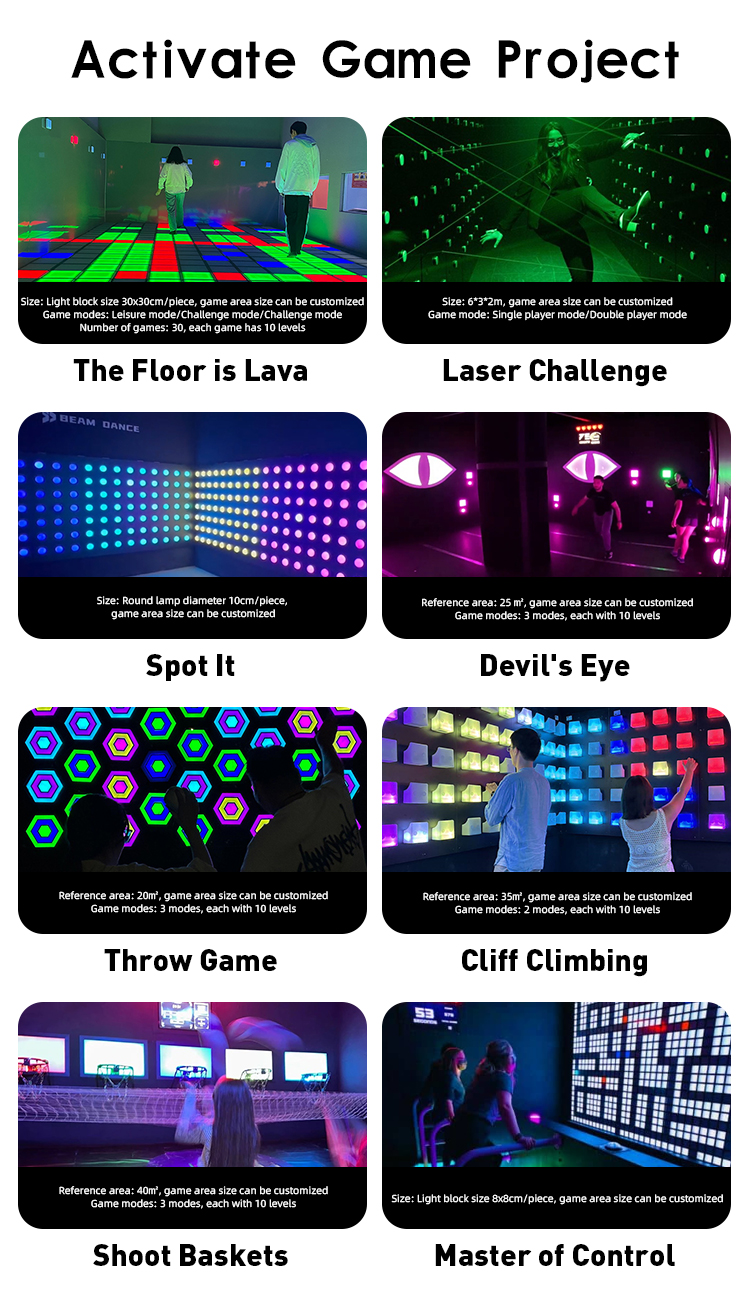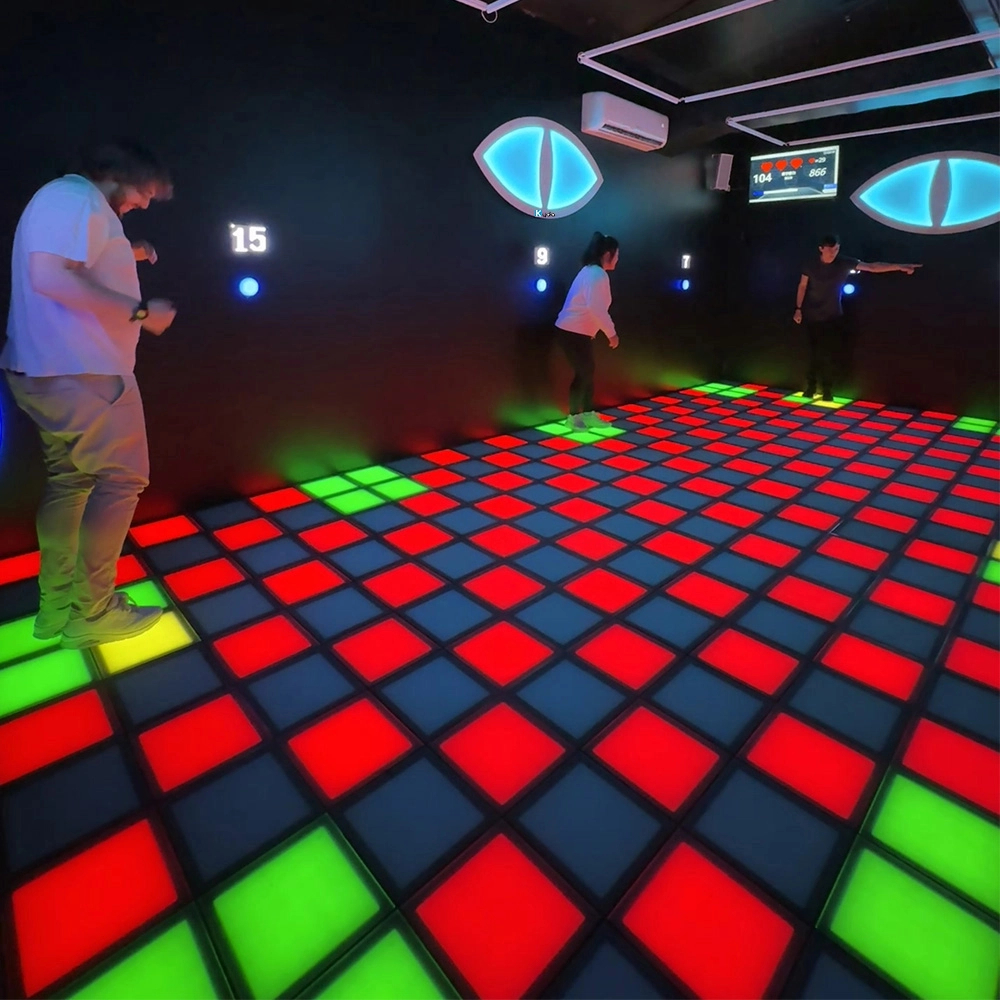Running an escape room in 2025 means competing with Netflix, VR headsets, and every other weekend plan your customers could choose instead. The single fastest way to win that battle is to invest in game equipment that keeps players talking, sharing, and—most importantly—coming back. Below, you’ll discover the exact features that turn an average room into a must-play experience, plus the gear that delivers them without wrecking your budget.
-
Multi-Sensory Triggers: Why Touch, Smell, and Sound Outrank Visuals People remember how a game made them feel long after they forget what they saw. Magnetic-lock drawers that thud open in perfect sync with a sub-bass soundtrack, scent diffusers that release “old library” musk when a hidden switch is flipped, and temperature-changing LED panels that “burn” when players grab a cursed relic—all of these create emotional peaks. Look for suppliers that bundle IoT-ready props so you can trigger smells, lights, and audio from a single cue in your game-control software.
-
Smart Locks & Keyless Puzzles: Reduce Staff Overhead, Increase Replay Value RFID-enabled chests and NFC wristbands slash reset times from ten minutes down to thirty seconds. More importantly, they allow you to script alternate puzzle paths: players who solve the riddle in under five minutes trigger one ending, while slower groups trigger another. Search for “programmable RFID escape room locks” and prioritize models with open APIs—this lets your tech team swap puzzle logic on the fly without touching hardware.
-
Modular Sets: The Profit Power of Re-Skinning the Same Skeleton A hydraulic bookshelf that swings out to reveal a hidden corridor can become a wizard’s library in October and a Cold War bunker in February if you plan the facade panels in advance. Invest in aluminum extrusion framing and 3D-printed clip-on textures so you can re-theme rooms in under a day. Studios that rotate themes every quarter see 30-40% higher annual revenue than those stuck with static sets.
-
Haptic Feedback & Wearables: Turn Players into Living Controllers Lightweight haptic vests let players “feel” a heartbeat when the countdown drops below 60 seconds or a jolt when they trip a laser grid. The best kits pair with Unity or Unreal via Bluetooth, so your devs can prototype new effects without soldering a single wire. Bonus: wearable tech photographs well for Instagram ads, driving organic traffic at zero extra cost.
-
Data-Driven Game Masters: Sensors That Tell You When to Nudge Hidden footstep sensors and IR beam counters reveal exactly where groups stall. Export that data to Google Data Studio and you’ll spot bottlenecks before TripAdvisor does. Aim for sensor kits that feed MQTT or HTTP webhooks; avoid closed ecosystems that lock you into one vendor’s dashboard.
-
Budget-Friendly Starter Stack (Under $3,000) • 4× RFID drawer locks with relay boards – $480
• Raspberry Pi 4B game controller with 32-channel servo hat – $220
• 5× wireless DMX RGB-UV flood lights – $375
• 2× ultrasonic mist makers with LED uplight – $90
• 1× Wi-Fi scent diffuser + 3 themed cartridges – $260
• 8× magnetic door sensors + 4× floor pressure pads – $120
• 10-player haptic vest rental package (monthly) – $300
Total: $1,845 leaves room for shipping and contingency. -
SEO Checklist for Your New Equipment Pages • Primary keyword: “engaging escape room game equipment” in H1, first 100 words, and image alt tags.
• Long-tail variants: “interactive escape room props,” “RFID puzzle locks for escape rooms,” “modular escape room set design.”
• Schema markup: use Product, Review, and HowTo schemas to win rich snippets.
• Video demo: compress under 15 MB, host on YouTube, and embed with lazy-loading to keep page speed under two seconds.
• Internal links: connect each product page to a case study showing ROI (e.g., “How we doubled bookings in 90 days with haptic vests”). -
Where to Buy & What to Avoid Stick to vendors with transparent firmware changelogs and active Discord/Slack communities; you’ll need fast answers at 2 a.m. when a prop glitches on game night. Red flags include proprietary batteries that cost $60 to replace and cloud-based control panels that charge per player. Ask for a sandbox API key before you commit—if they won’t give it, walk away.
-
Measure Success: KPIs That Matter Track these weekly:
• Average game time vs. designed time (target: ±5%).
• Hint-to-player ratio (declining trend = better equipment flow).
• Rebooking rate within 60 days (goal: 25%+).
• User-generated content posts with your branded hashtag (IG/TikTok).
Plug the numbers into a Looker Studio dashboard so staff can celebrate wins in real time. -
Next Steps: From One Room to Five Once your first room hits 75% weekend occupancy for eight straight weeks, clone the tech stack to a second theme. Use the same controllers and sensor network; only the props and story change. This “hardware reuse” model lets profitable studios expand at roughly 40% lower capex than competitors who redesign from scratch.





发表回复